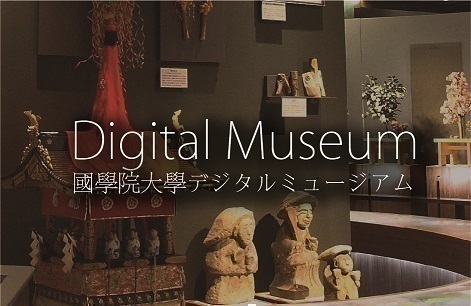- トップ
- Encyclopedia of Shinto
- Shosha negi kannushi hatto
Encyclopedia of Shinto
| Main Menu: | |
| Links: |
詳細表示 (Complete Article)
| カテゴリー1: | 3. Institutions and Administrative Practices |
|---|---|
| カテゴリー2: | Medieval and Early Modern |
| Title | Shosha negi kannushi hatto |
| Text | An ordinance aimed at all shrines and shrine affiliated priests, pronounced as part of the policies of the Tokugawa shogunate to control religion. It outlines the fundamental principles of the shogunate regarding shrines and Shinto priests. It was promulgated along with the temple ordinance (jiin hatto) in the seventh month of 1665. There are five articles in all, and a translation of the document is reproduced below in full. (The original is in classical Chinese.) Regulations Governing All Shinto Shrines, Senior Priests, and Other Shrine Functionaries Stipulations 1. Senior priests and other shrine functionaries of all shrines nationwide shall devote themselves to studying "the Way of the kami" (jingidō, jingidōka) and augment their understanding of the objects of worship at their respective shrines. They shall refrain from performing commonplace rituals and ceremonies. Those who are subsequently derelict in their duties shall be dismissed from their posts. 2. As for priests who received court rank by means of their respective imperial messengers (tensō), they shall continue to conform to said procedure. 3. Shrine personnel without rank shall wear "kariginu robes made of white cloth" (hakuchō). Other apparel may only be worn after obtaining a permit from the Yoshida family. 4. Land owned by a shrine (shinryō) must never be bought or sold. Addendum: Shrine land must not be used as collateral. 5. When a shrine becomes slightly damaged, it should always be repaired as necessary. Addendum: Orders to clean a shrine shall be issued without delay. The preceding articles shall be strictly observed. Anyone found in violation of these articles shall receive a ruling in accordance to the gravity of the offense. 7th month of 1665, Year of the Serpent These articles stipulate the following provisions. Shinto priests should diligently conduct rituals and ceremonies, without neglecting the study of jingidō on a regular basis (first article). Priests who wish for a promotion in rank shall submit a request via an imperial messenger dispatched from the court (second article). If a priest without rank wishes to wear vestments other than a hakuchō, he must receive a permit from the Yoshida family in Kyoto (third article). The sale or purchase of land owned by a shrine is prohibited (fourth article). Efforts shall be made to maintain each shrine in good condition (fifth article). The two most noteworthy regulations are contained in the second article — which reveals the shogunate's ratification of the traditional relationship between the shrines and their imperial court liaisons (artistocrats) — and the third article — which indicates that the shogunate officially authorized the Yoshida family's control over all shrines. These regulations thus imply that the shogunate aimed to control shrines by a policy that reconfirmed past traditions. Note that similar regulations were issued in 1782 and1791. — Itō Satoshi |




